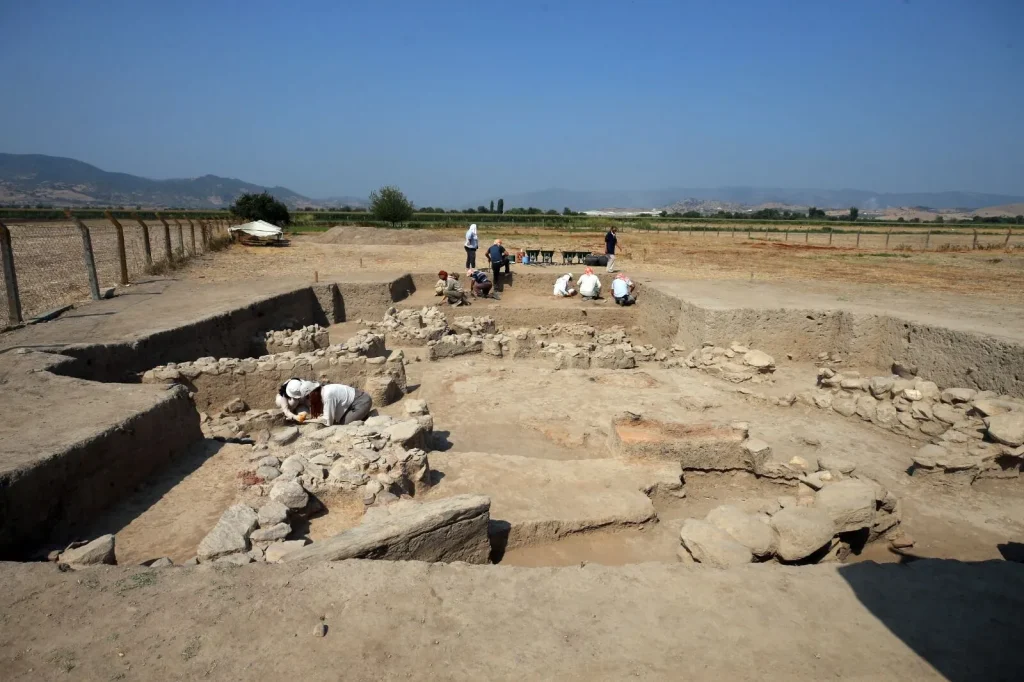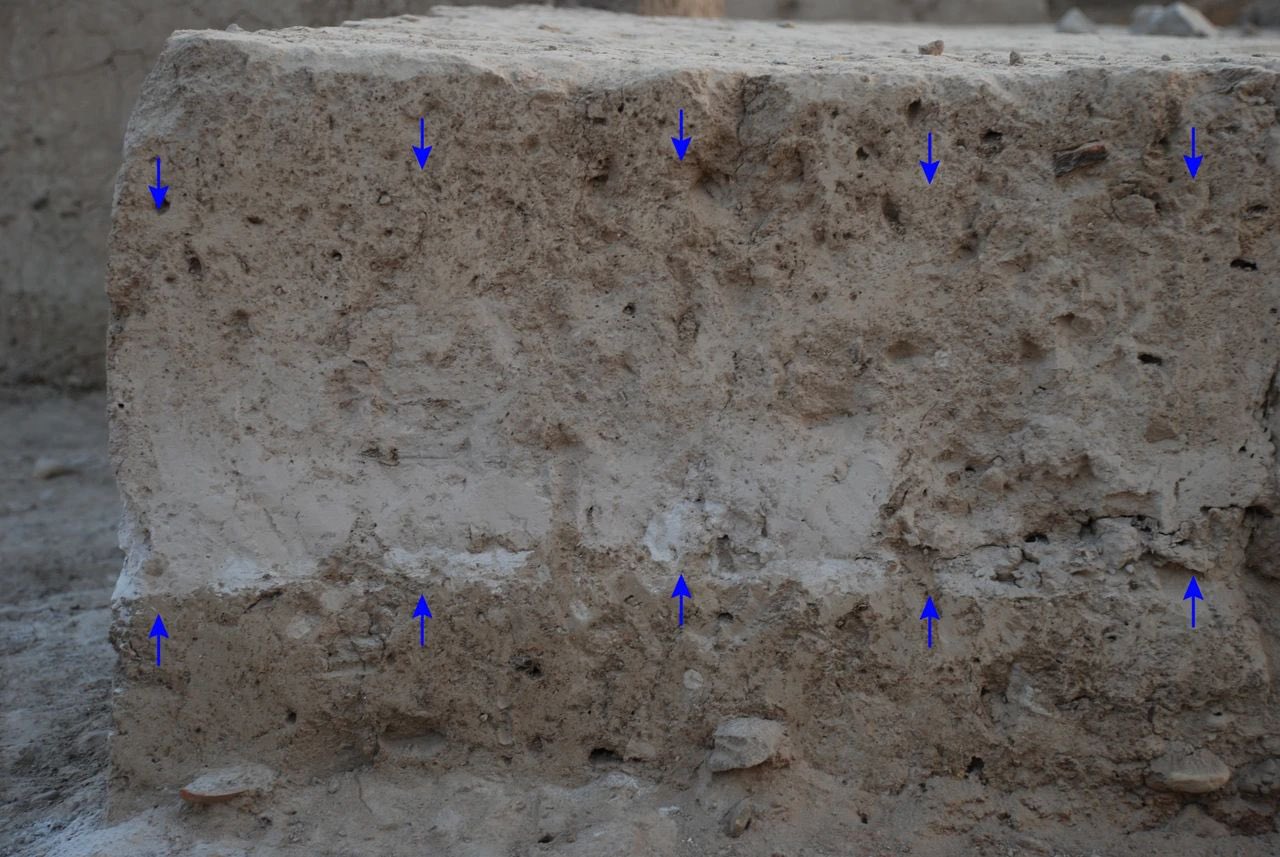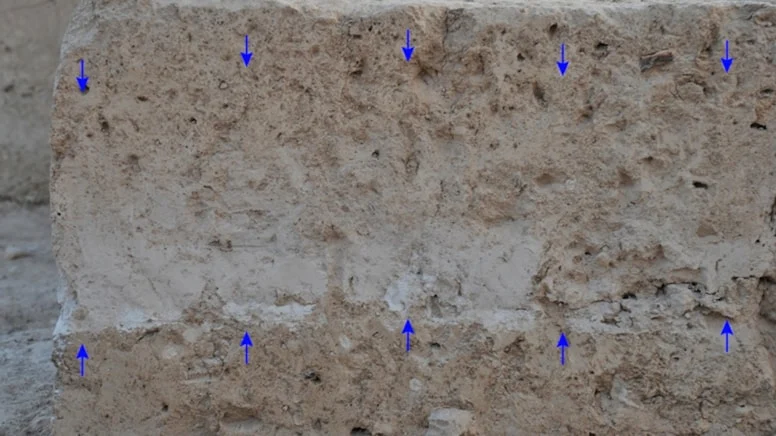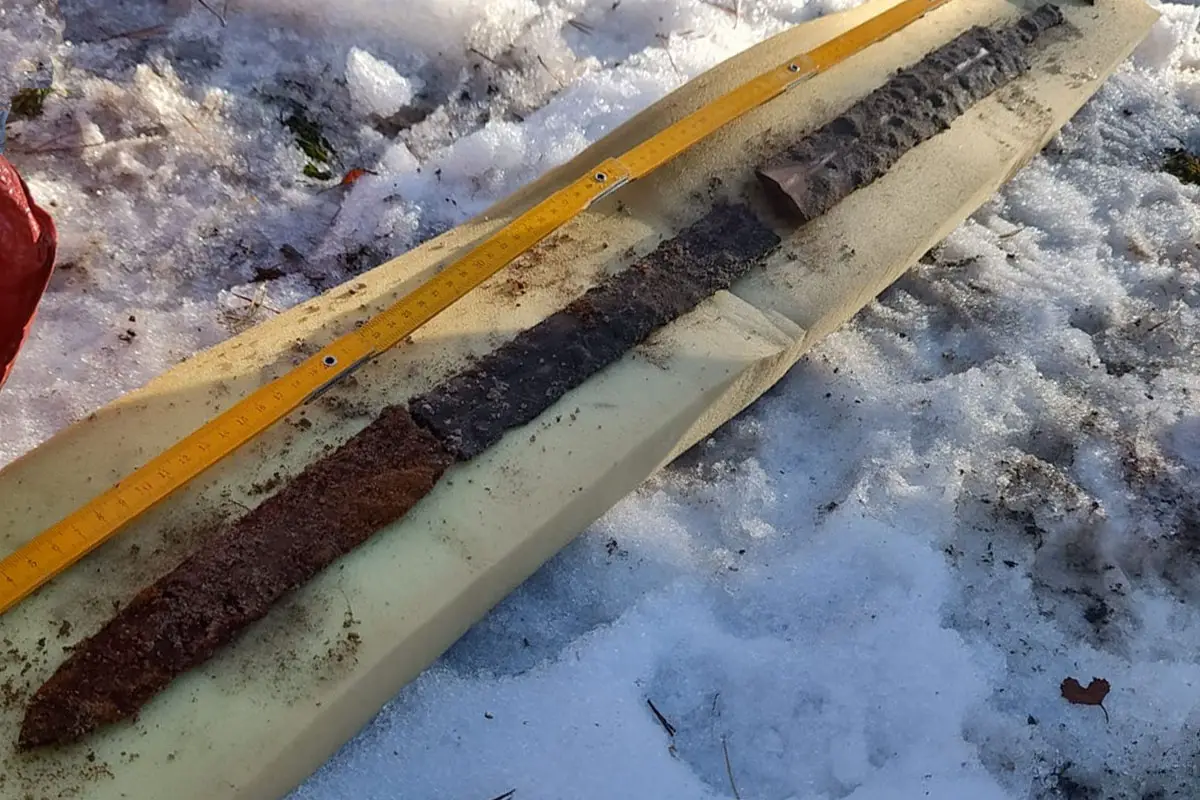In 2023, significant archaeological excavations at Tepecik Mound, located in the Çine district of Aydın, Turkey, uncovered a dense layer of ash that sparked intrigue among researchers. The unique color and composition of the ash led the research team to hypothesize a potential link to a volcanic eruption. To validate their hypothesis, they sent samples to the Atomic Institute of Vienna University of Technology for detailed analysis.
The findings from Vienna University of Technology provided an unexpected revelation: the ash discovered at Tepecik Mound originated from the catastrophic volcanic eruption on Santorini Island approximately 3,500 years ago. This discovery was led by Prof. Dr. Sevinç Günel from the Department of Archaeology at Hacettepe University, who has been overseeing the excavations at this historically rich site, which spans around 7,500 years and includes artifacts from the Neolithic period to the Late Bronze Age.

A scientific paper published in the international archaeology journal Anatolica last December detailed the similarities between the ash from Tepecik Mound and volcanic materials from Santorini. Prof. Dr. Günel emphasized that the impact of the Santorini eruption, which occurred around 1500 BCE, was felt across a vast area, from Western Anatolia to the Eastern Mediterranean.
Günel clarified that the ash found during the excavations was not a result of local fires. Instead, it contained crystal-like glass fragments, indicative of its volcanic origin, and formed a substantial layer at the site. “The analysis of these ashes was conducted at the Atomic Institute of Vienna University of Technology, and the results showed elements similar to those found in Santorini ash. We selected this laboratory due to their extensive research and databases related to the Santorini volcano, which allowed us to obtain conclusive results,” she explained.

In the areas where structural remains were uncovered, the ash layer covered pottery associated with ancient architecture and even revealed the remains of an adult individual. The confirmation of Santorini ash underscores the devastation caused by the volcanic eruption and the subsequent earthquakes that occurred 3,500 years ago.
This remarkable discovery at Tepecik Mound not only deepens our understanding of ancient volcanic activity but also illuminates the historical connections between regions impacted by such natural disasters.





